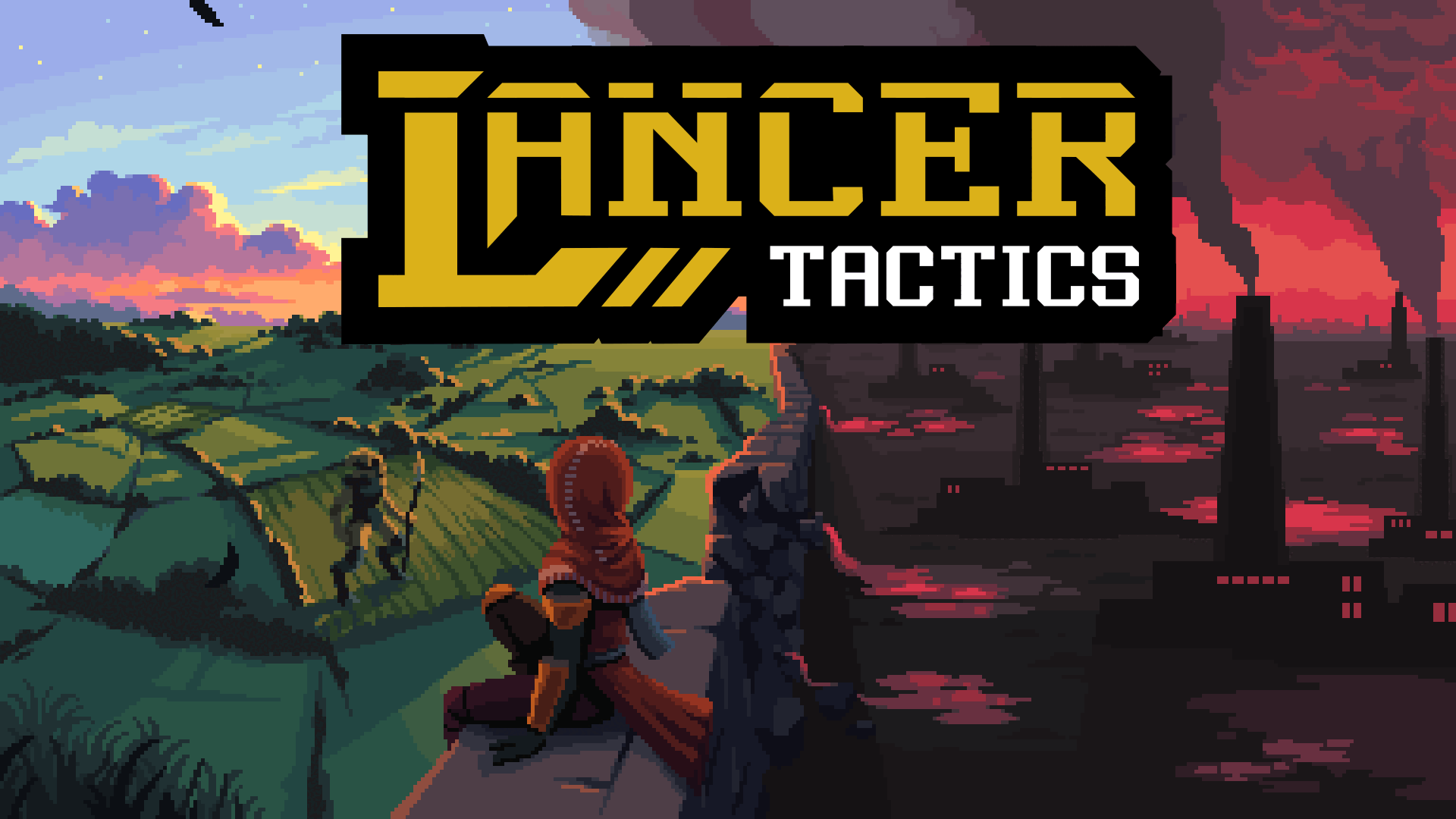Hi!
Enjoying this game, thank you. I did want to drop in my biggest current impediment to enjoying the game even more, and that's the ranging code where diagonals are the same distance as non-diagonals, where Range 10 on a Size 1 is basically a 21x21 square (area 441), rather than closer to a circle of diameter 21 (area 346). Current long range Attacks and Sensors are dramatically better than shorter ranged ones because of that. My vote is to get a Midpoint Circle Algorithm implemented sooner rather than later!


